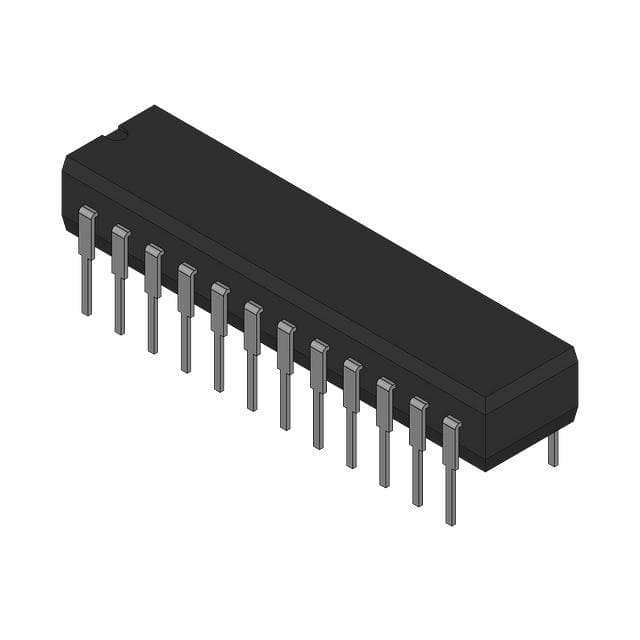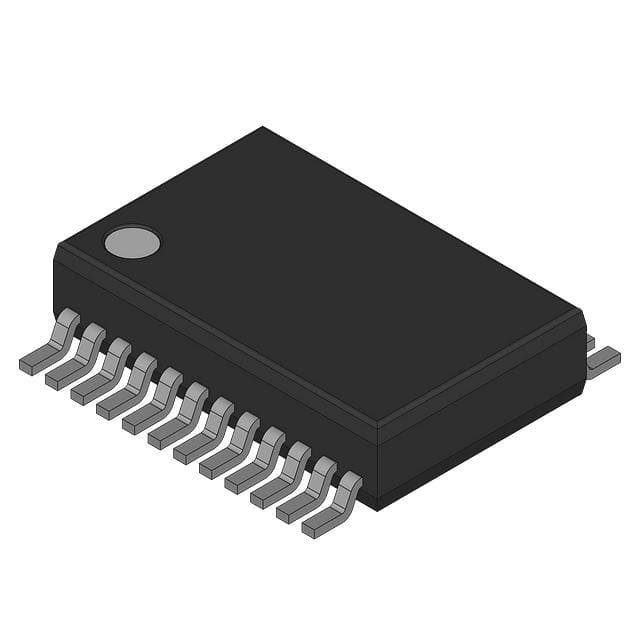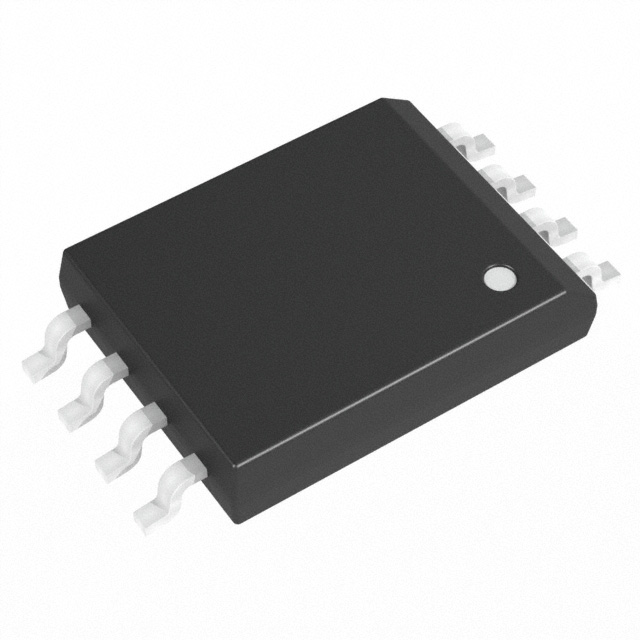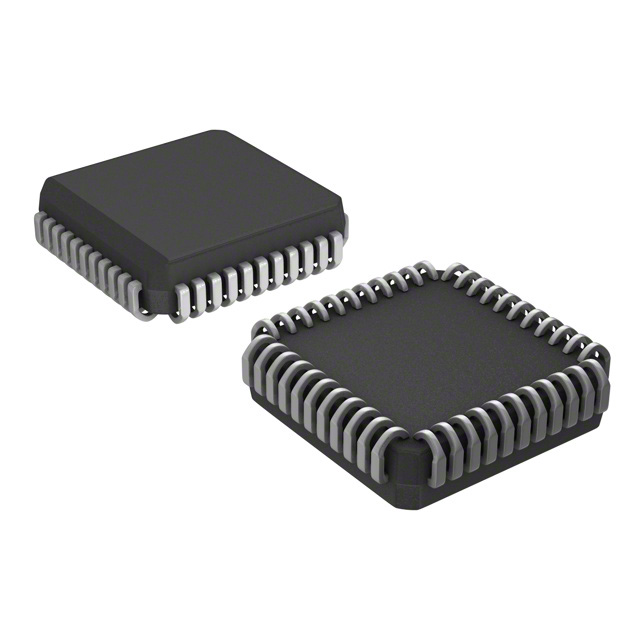ADC0819CCV Product Introduction:
National Semiconductor Part Number ADC0819CCV(Data Acquisition - Analog to Digital Converters (ADC)), developed and manufactured by National Semiconductor, distributed globally by Jinftry. We distribute various electronic components from world-renowned brands and provide one-stop services, making us a trusted global electronic component distributor.
ADC0819CCV is one of the part numbers distributed by Jinftry, and you can learn about its specifications/configurations, package/case, Datasheet, and other information here. Electronic components are affected by supply and demand, and prices fluctuate frequently. If you have a demand, please do not hesitate to send us an RFQ or email us immediately sales@jinftry.com Please inquire about the real-time unit price, Data Code, Lead time, payment terms, and any other information you would like to know. We will do our best to provide you with a quotation and reply as soon as possible.
Introducing the National Semiconductor ADC0819CCV, a cutting-edge analog-to-digital converter that revolutionizes data conversion in various applications. With its advanced features and exceptional performance, this product is set to redefine the industry standards.
The ADC0819CCV boasts an impressive 8-bit resolution, ensuring accurate and precise conversion of analog signals into digital data. Its high-speed conversion rate of up to 200 kilosamples per second guarantees real-time data acquisition, making it ideal for time-sensitive applications. Additionally, the low power consumption of this converter ensures energy efficiency without compromising on performance.
Designed with versatility in mind, the ADC0819CCV is suitable for a wide range of application fields. In the industrial sector, it can be used for process control, data logging, and instrumentation. In the automotive industry, it can be utilized for engine management systems, fuel injection control, and vehicle diagnostics. Furthermore, this converter finds its place in consumer electronics, medical devices, and telecommunications equipment.
The ADC0819CCV is equipped with a serial interface, allowing seamless integration with microcontrollers and other digital systems. Its compact size and robust construction make it suitable for both prototype development and mass production. With National Semiconductor's commitment to quality and reliability, you can trust that the ADC0819CCV will deliver exceptional performance and durability.
In conclusion, the National Semiconductor ADC0819CCV is a game-changer in the field of analog-to-digital conversion. Its outstanding features, versatile applications, and reliable performance make it the go-to choice for engineers and designers seeking top-notch data conversion solutions.
Analog to digital Converters (ADCs) are electronic devices used to convert continuously varying Analog signals into discrete Digital signals. This process usually includes three steps: sampling, quantization and coding. Sampling means capturing the instantaneous value of an analog signal at a fixed frequency; Quantization approximates these transient values to the nearest discrete level; Finally, the encoding converts the quantized value into binary numeric form.
Application
ADCs(Analog-to-digital Converters) is widely used in a variety of scenarios, such as audio and video recording, measuring instruments, wireless communications, medical devices, and automotive electronics. For example, in audio devices, the ADC is responsible for converting the sound signal captured by the microphone into a digital format for easy storage and transmission.
FAQ about Data Acquisition - Analog to Digital Converters (ADC)
-
1. What are DAC and ADC?
ADC and DAC are two important concepts in digital electronics. ADC stands for "analog-to-digital converter", which can convert analog signals into digital signals. DAC stands for "digital-to-analog converter", which can convert digital signals into analog signals. Both converters play an important role in many electronic products, such as mobile phones, televisions, stereos, etc.
-
2.
Why do we need analog-to-digital converters?
The reasons why we need analog-to-digital converters mainly include the following:
Digital system processing: Many computers and electronic devices are digital systems, which are more suitable for processing digital signals. Analog signals are difficult to process in digital systems, and after analog-to-digital conversion, the signals can be represented, stored and processed in digital form.
Noise immunity: Digital signals are more noise-resistant than analog signals. Digital signals can be protected and restored by means such as error correction codes, while analog signals are easily interfered by noise.
Accuracy: Digital signals are more accurate because they can be represented with higher resolution. Analog signals have accuracy limitations, and analog-to-digital conversion can improve the resolution of the signal.
Application scenarios: Analog-to-digital converters are widely used in many fields, including automatic control systems, audio and video processing, sensor interfaces
-
3. What is the difference between ADC and DAC?
The main difference between ADC and DAC is that they process different types of signals and conversion directions.
The main function of an ADC (analog-to-digital converter) is to convert analog signals into digital signals. This process involves sampling, quantization, and encoding, where sampling is the periodic measurement of the value of an analog signal at a certain sampling rate, quantization is the conversion of the sampled continuous values into a finite number of discrete levels, and encoding is the conversion of the quantized discrete levels into binary code. The output of the ADC is a digital signal that can be processed and stored by a computer or other digital circuit for various applications such as digital signal processing, data logging, and communications. Common applications in life include microphones, digital thermometers, digital cameras, etc., which convert the actual perceived analog information into digital signals for further processing and analysis12.
DAC (
 Lead free / RoHS Compliant
Lead free / RoHS Compliant






















